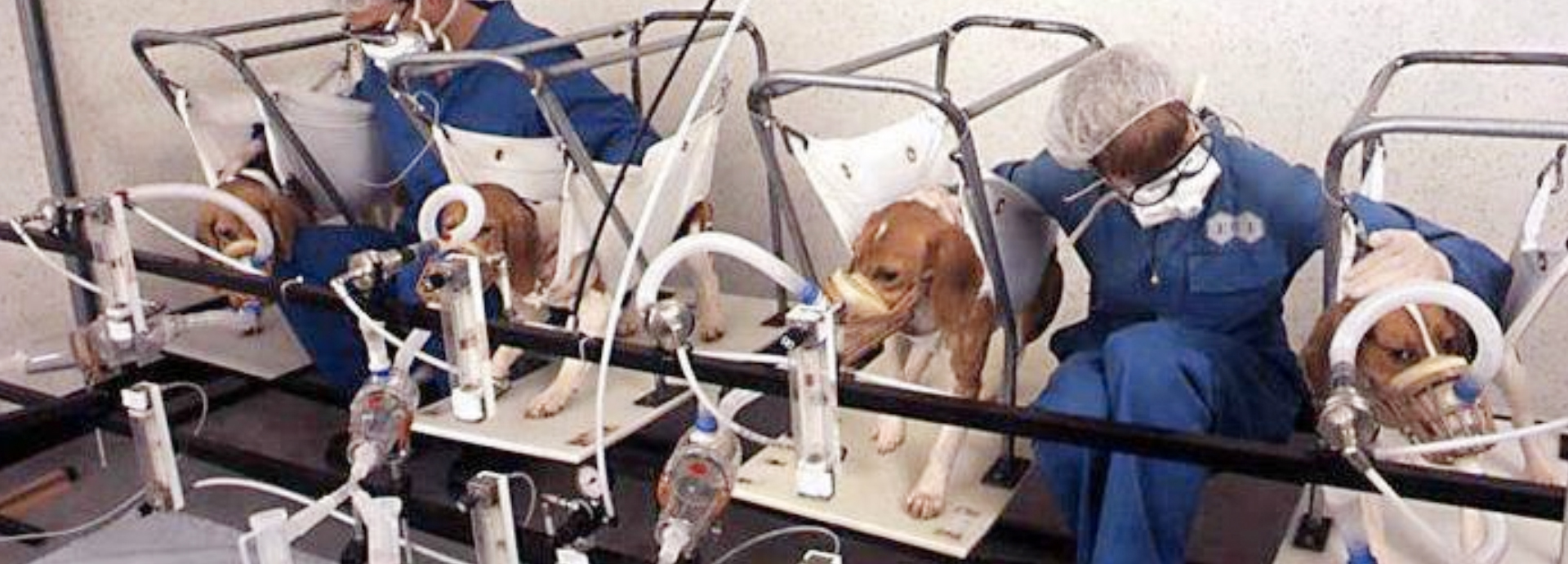The term “lab animals” often conjures up images of white rabbits and mice or rats. While most people might not know the specifics of what animals are used for in experiments, they are somehow comfortable with knowing these rodents are subjected to life in a lab. Well, we could only wish that these animals were ever only tasked with completing mazes in exchange for cheese, but sadly this isn’t the case. There are over 100 million animals subjected to painful cosmetic and pharmaceutical tests in the U.S. every year. If that came as a shock, what if we told you that a portion of those animals isn’t rats or rabbits, but dogs? Pretty crazy right?
Well, unfortunately, this is reality. According to the American Anti-Vivisection Society, between 70,000 and 75,000 dogs are used for research in the United States each year. The majority of these are beagles. We typically think of dogs as beloved companions and even family members, not “test subjects,” but these animals are used for pharmaceutical testing nonetheless.
Beagles are a favorite of testing facilities for their docile and trusting nature. Researchers often have the dogs’ voice boxes removed to prevent the animals from barking. Despite their loving and trusting nature, beagles are treated like little more than commodities, relegated to a concrete cage.
It’s a bit hard to imagine that anyone could treat a dog like this, isn’t it? But then again, why is it that we accept rats and rabbits being used for testing yet are repulsed by this? The fact is, consumers are completely shielded from what has to happen to make many of the products they buy possible. After all, if they really knew that rabbits were being kept in tight restraints to have corrosive acids dropped in their eyes or rats were force-fed chemicals to see the toxicity threshold, would we support any animal testing? Probably not. Add in the fact that animal testing has been proven to be highly ineffective and inaccurate, and it just seems like cruel and unusual torture.
Luckily, we can all help create a better world for animals by educating ourselves on the issues and voting for more advanced and humane science with our dollars. Alternative technologies do exist and many companies have decided to remove animals from their testing process altogether. As consumers, we can work to end this cruel practice by looking for products that have a “cruelty-free” label, which signifies products were made without the use of animal tests. The more interest consumers show in cruelty-free products, the more likely that brands and companies will opt to create items that do not involve this outdated practice.
You can also support Beagle Freedom Project, an organization working to reform testing legislation and rehome animals after their lab trials have ended. To learn more, click here.
No animal should have to suffer when we have all the tools to do better.
Original Article: One Green Planet

